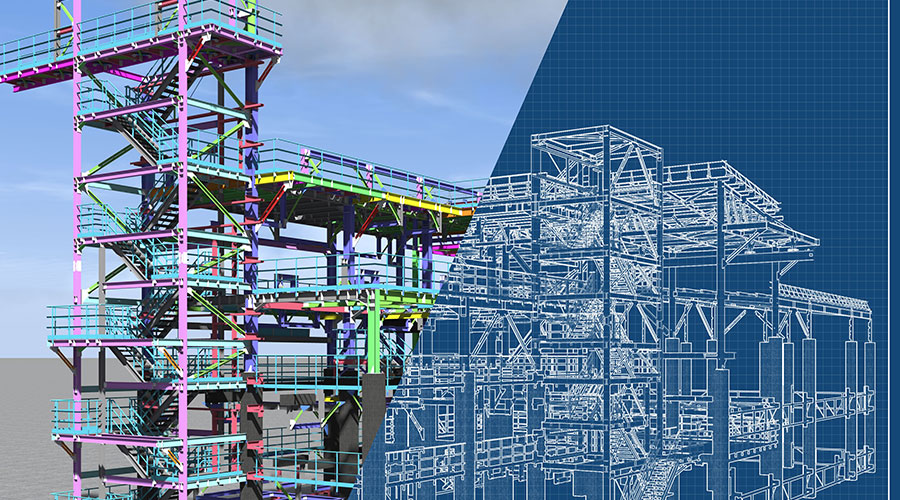Facilities Software Takes a Strategic Role in FM
The way facility managers use software packages to automate their facility organizations has evolved rapidly over the past several years. Integrated workplace management systems (IWMS) are common and infrastructure life-cycle management (ILM) is becoming in vogue. It is now universally recognized that facility management software offers many opportunities for facility managers to streamline operations.
Additionally, building information modeling (BIM) is being hyped as the next great facility management workplace technology. Examining the current trends in facility management software can help facility managers understand what they need to know now and how these new software packages can help optimize their organizations.
The shift in technology really isn't a technology issue as much as it is a business matter. The best way to bring the distinction into focus is the catch phrase, "The tools are cool, but the processes rule."
With computer-aided facilities management (CAFM) and many of the early specialized point solutions — such as those used for lease administration or project management — facility managers looked for improvements by eliminating redundant and non-value-adding tasks. These technologies provided significant benefits by eliminating redundancies, improving data tracking and making reporting clearer.
Today, the focus is shifting to a more strategic role. Facilities are a key component of how corporations deliver their service or product, and the facility manager must now have access to strategic planning tools. This is where software vendors are seeking to bring value. Let's look at two of those values:
• Configurable Solutions — CAFM solutions have historically been designed to deliver tactical services in a predefined way. Changing them meant writing custom code and creating issues with ongoing support and upgrades. A part of the definition of a good IWMS solution is that it is configurable. This allows facility managers to standardize their operations around industry best practices instead of around a product. Facility managers are focusing their time and energy on fully understanding what they do and how best to do it. Then they configure the technology to support actual business requirements.
• Strategic Focus — All good facility management technology will provide the tactical capabilities to support the day-to-day delivery of services and reporting. But the IWMS and ILM products also provide forward-looking "what if" capabilities to allow market assessments, planning scenarios, cost of ownership modeling, transaction assessments, etc. This allows the facility manager to participate in the decisions being made that will support the corporate mission rather than just keeping facilities operating efficiently.
This shift is happening today and progressive organizations are making their technology decisions with a focus on processes, not the gee-whiz features of new technology.
Further Innovations
Historically, two-dimensional drawings have been the standard for architectural and engineering (AE) drawings. Buildings have been represented in plans, elevations, and sections which, when combined, provide sufficient detail to construct a three-dimensional object — a building.
Three-dimensional models have served as an aid for visualizing and coordinating the final design. Today, Building Information Modeling (BIM) is becoming more commonplace within AE firms, providing them the additional dimension of intelligence to the drawings so that the building elements and systems associated with a building are "smart" — that is, they are not just lines on a drawing. Instead, the lines "know" what they represent.
The vision for BIM is to fully "build" a building on a computer. For the facility manager, BIM has the potential to enable the seamless transfer of knowledge from the design and construction activities to a facility operations system. However, this is still a "potential" capability and not a widespread practice today.
Of note, the United States General Services Administration (GSA) — America's biggest landlord — is intently interested in BIM-to-IWMS capabilities and is currently looking to create a BIM guideline for facility management that will serve as a basis for how BIM information should interface with CAFM and IWMS applications. It is not there yet, but exciting possibilities may be on the horizon.
Related Topics:













